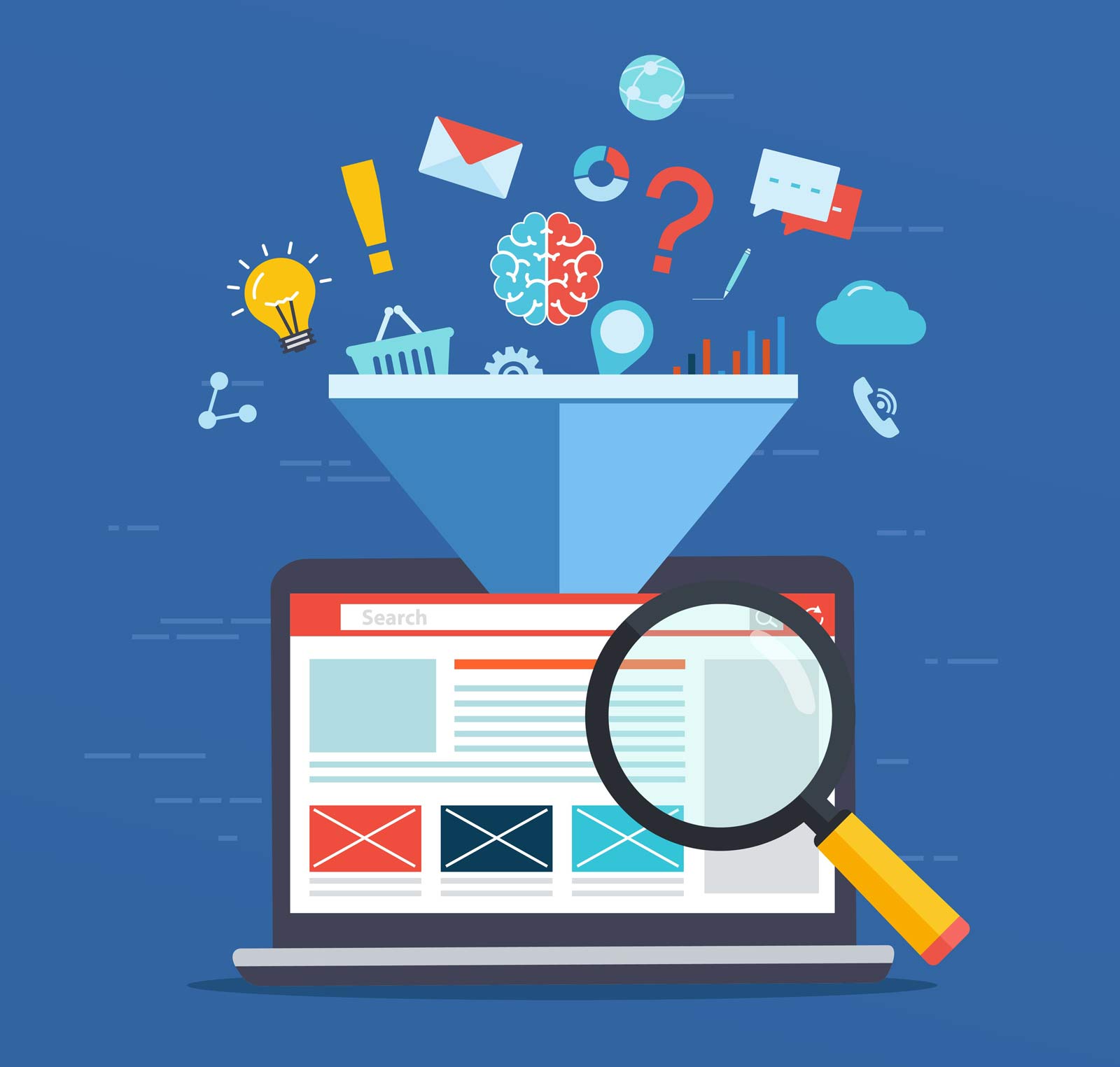If you’re involved with a business that has any sort of online presence, chances are that you’re painfully aware of how important it is to receive traffic to your website. Whether it’s simply to provide awareness of the brand and drive customers to a physical location, make money through advertisements, or actually sell products through an online shop, having a website isn’t much use if you don’t have anyone looking at it.

If you’re involved with a business that has any sort of online presence, chances are that you’re painfully aware of how important it is to receive traffic to your website. Whether it’s simply to provide awareness of the brand and drive customers to a physical location, make money through advertisements, or actually sell products through an online shop, having a website isn’t much use if you don’t have anyone looking at it.
So how do you take steps to get more eyes on your content? Sure, you can pay for advertisements, but paying for sponsored posts haphazardly without any thought is very inefficient with no guarantees. Let’s talk about the SEO funnel, and how you can use knowledge of the way customers approach your site to significantly increase conversion rates.
What Is An SEO Funnel?
Before we get into the details of how an SEO marketing funnel actually works, let’s talk about what it is. Basically, you can think of each customer’s interaction with your brand as a funnel. The wide opening at the top is your brand’s presence on the web, and as customers gain awareness of your site and investigate further, they move down the narrow funnel to the opposite end: the conversion.
By having a solid understanding of how how online consumer interactions work, you can organize your marketing to more effectively appeal to your target audience.
A conversion funnel can be broken down into several distinct steps: Awareness, Research, Consideration, and Conversion. A quality marketing plan will touch on all aspects of this process to ensure optimal conversion rates.
There’s no one correct term for the steps in the SEO funnel, but the idea is the same regardless of how you label each part: following the customer along from initial awareness to the eventual conversion.
Now that we’ve established the basics, let’s get into the details.

Awareness
The first step of the conversion funnel is perhaps one of the most important. When people think of search engine optimization, this step is a large part of what comes to mind. It’s at this point that a customer will first make contact with your brand, and while there are a variety of ways that can happen, chances are that it will be through Google or a competing engine.
When customers shop for a product, they’re looking for something that provides value and addresses a need. Someone searching for a new winter coat would likely use those search terms rather than type in the name of your company directly, and a large part of your marketing strategy should be focused on ranking pages for maximum visibility in search results.
Without that initial brand awareness, it’s impossible for a customer to move on down the funnel and impossible to have a conversion.
Research
Once a customer has found your brand, the next part of their interactions will be focused on scoping out more information about what your products have to offer.
At this point, some of the hard work is already done since you actually have their presence on your site. The main task now is creating content that can convince a customer to take action. Having informative marketing material front and center should make it easier for browsers to learn more about your company and establish what the brand has to offer.
Consideration
The next part of the SEO marketing funnel is just as important as that initial awareness step. Once you’ve gotten users to your site and given them all the information that they need to fully understand what the product has to offer, the customer will begin to weigh the value of the brand and whether taking action will provide enough value to be worth the investment,
This is where CRO, or Conversion Rate Optimization, really starts to come into play. At this point more than any other part in the process, it’s important that your approach to web design and marketing alike be tailored to pushing the decision in a favorable direction. Something simple as swapping links around or adding in easy access to support can make all the difference when it comes to conversions.
Conversion
When the customer has been made aware of your brand, has researched the product, and has considered the pros and cons of the purchase, they will make the key decision that determines whether or not to convert. This isn’t so much of a step as much as the point where you’ll get an idea of whether your efforts along the way were effective.
If you’re aware of the various steps and you’re still not getting the results you’re looking for, it’s time to go back and take a good look at each point of the process to figure out where things went wrong. Even the best SEO and CRO can’t guarantee 100% rates, but with time and effort you should end up with a site that continues to move your company forward.

The Marketing Funnel: More Than Just Sales
The wording in this post had largely been tailored towards a customer making a purchase, but that doesn’t mean that’s the only application for this funnel – far from it, in fact. Even for something as simple as clicking an ad or signing up for an email list, a customer will go through this product – it just might happen over the course of a few seconds rather than minutes or hours.
To sum things up nicely, this marketing funnel is an excellent way to put yourself in the shoes of your website visitors. Since you’re a consumer yourself, chances are that you go through this process with other online interactions, and you can design your marketing strategy in a way that would appeal to people like you.
Because while different demographics have different needs, all web browsers are looking for the same thing when you break it all down, and that is value. Whether it is entertainment, information, or a new product, your customers will buy in their best interests. It’s up to you and your brand to fill those needs by understanding their thought process and responding accordingly.
To learn more about Long Island SEO, contact us at 855-347-4228 to get started!

